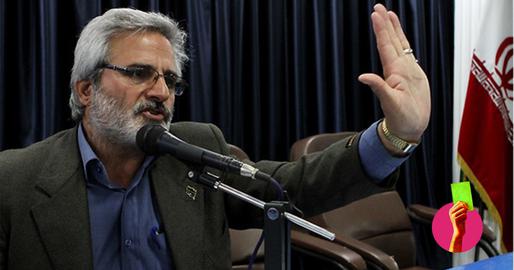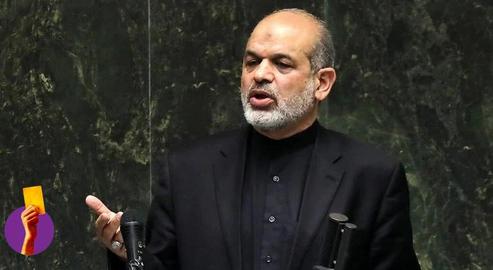“Workers cannot own a home even if they work for 120 years,” Hassan Sadeghi, head of the Veteran Workers Community Union, said in an interview with the semi-official ILNA news agency on January 18.
In this interview, Sadeghi pointed out that the increase in the workers’ pay cannot keep up with the high inflation rate and said, “A worker who in the past could buy a home after 10 years now cannot become a homeowner even if he works for 120 years.”
Is it true that Iranian workers must work for at least 120 years before they can afford a home? How long did it take for them to buy a place of their own in the past? How has inflation affected home ownership?
IranWire tries to answer these questions.
The Waiting Period for Home Ownership
The Ministry of Roads and Urban Development’s Office of Planning and Resource Management for Housing has estimated that, during the period spanning from 1992 to 2016, the shortest waiting period for home ownership in Iran, 12 years, was reached in 2000, compared to the international standard of 10 years. The longest waiting period, 23 years, was reached in 2009. The estimated waiting period has since increased rapidly to top at 34 years in 2022, according to a report by the same office.
Do these official estimates match the reality of household incomes and the housing market?
To understand how the number “34” was reached, we need to understand that the report uses two different methods of calculation:
The “waiting period to buy a home” is calculated based on the assumption that the household saves 100 percent of its income. The “Home ownership index” is calculated on the assumption that 30 percent of the household's income is saved.
These two methods, of course, do not lead to similar numbers. If we assume that a household’s monthly income in 2022 was 10 million tomans - a minimum of around six million tomans of salary plus bonuses and overtime pays - and that the average price of one square meter of housing in Tehran was around 50 million tomans, the household could buy 2.4 square meters of housing after one year. To buy a housing unit of 80 square meters, the household must wait around 34 years. But this assumption only works if the household has no expenses and saves all its income to buy a home - an absurd assumption.
If we use the second, more realistic method of calculation, meaning that a household saves 30 percent of its income, then it saves 36 million tomans annually and, at the average price of 50 million tomans per square meter, it can by 0.72 square meters each year. In other words, such a household must wait 111 years to buy a housing unit of 80 square meters provided, of course, that their income and the inflation in housing prices rise at the same rate. However, the past few years have shown that the rate of inflation usually surpasses the rate of increase in salaries. As a result, the waiting period for owning a house is bound to exceed 111 years.
Undoubtedly, the price of housing in provinces and outlying areas is lower than in Tehran, but so is the income of households.
The Gap between the Rise in Income and the Rate of Inflation
It is not yet clear how much the salaries and wages for government employees and retirees will increase in the coming year. The government has submitted its draft budget plan for the next Persian year starting in March, which foresees a 20-percent increase in salaries. If lawmakers approve the plan, it is expected that workers’ pay will increase by around the same rate. “We shall try to increase workers’ pay by the same rate as the increase in the salaries of government employees,” said Vali Esmaili, deputy chairman of the parliament’s Social Affairs Committee.
Meanwhile, the parliament’s Budget Reconciliation Committee predicts an inflation rate of 40 percent for the coming year. Now, if we assume that incomes will rise by 20 percent and the inflation by 40 percent, a household must save around 43 million tomans per year, or 30 percent of a monthly income of 12 million tomans, in order to buy 0.61 square meter of a housing unit every year because the price of housing units is going to increase by 40 percent and will reach 70 million tomans per square meter. Therefore, the waiting period will increase from 111 years to 131 years in the coming year.
Conclusion
IranWire’s research shows that Sadeghi’s claim - “A worker who in the past could buy a home after 10 years now cannot become a homeowner even if he works for 120 years” - matches the reality of the situation in Iran.
IranWire awards his statement with a “True” card because it was supported by documented facts.
You can read about our fact-checking methodology here. See more fact-check reports on Iran-Wire.
visit the accountability section
In this section of Iran Wire, you can contact the officials and launch your campaign for various problems





















comments